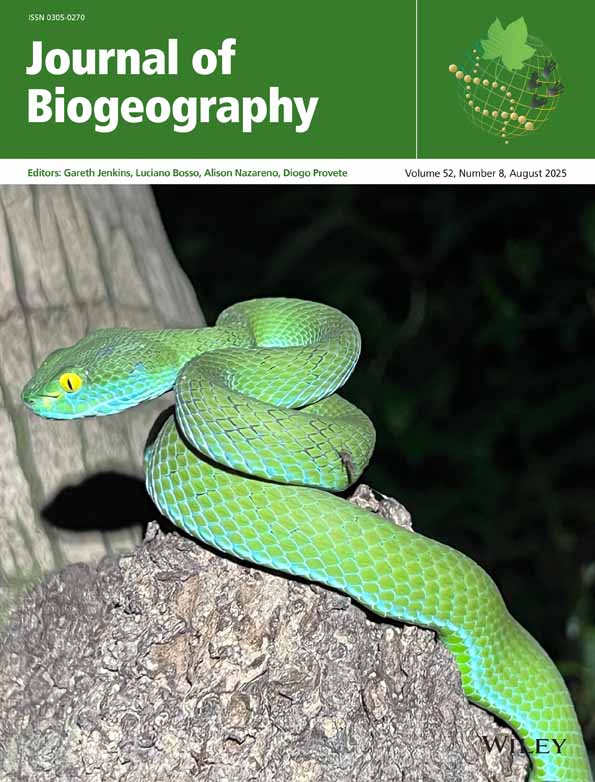Regeneration of planted conifers across climatic moisture gradients on the Canadian prairies: implications for distribution and climate change
Abstract
The influence of dry climates on white spruce (Picea glauca (Moench) Voss)) regeneration was examined by conducting surveys of seedlings and small trees that had regenerated naturally at 100 farm shelterbelts and plantations in southern Saskatchewan, Canada. The sites surveyed were located along a climate moisture gradient extending from the relatively moist boreal forest, across the aspen parkland, to the semi-arid prairie grasslands. Natural regeneration was greatest at sites in the boreal forest and northern aspen parkland, decreased in the southern aspen parkland, and was negligible in the grassland zone. Furthermore, the few seedlings found in the drier zones were usually in poor condition. Similar results were obtained for the introduced Colorado spruce (Picea pungens Engelm.) and Scots pine (Pinus sylvestris L.). It is concluded that the present climate of the southern parkland and grassland is too dry to permit natural regeneration of white spruce and other conifers. If increases in atmospheric CO2 levels lead to a drier future climate in the southern boreal forest of western Canada, the ability of conifers to regenerate naturally may be significantly reduced.




